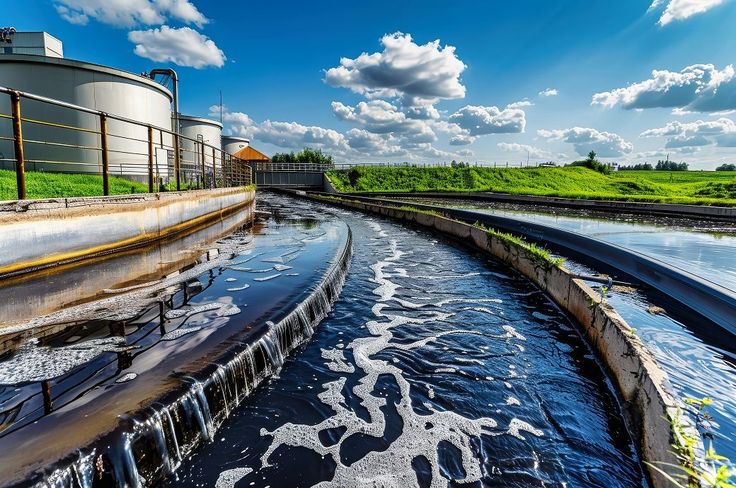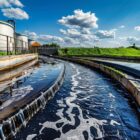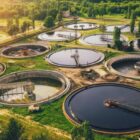Industries are essential for modern life, but they also generate large amounts of wastewater – water that has been used in production processes and contains pollutants. Proper management of industrial wastewater is crucial to protect the environment, public health, and comply with legal standards.
How Industrial Wastewater is Generated
Wastewater comes from many industrial activities: food and beverage processing, textile dyeing, chemical manufacturing, and metal or ceramic production. Any water leaving a process that carries solids, chemicals, or microbes becomes wastewater. Its volume and composition vary depending on the type of industry and processes used.
What’s Inside Industrial Wastewater
Common pollutants include:
-
Organic matter: Fats, sugars, proteins, oils
-
Inorganic compounds: Salts, acids, heavy metals like lead and chromium
-
Suspended solids: Dirt, sediments, and particulates
-
Chemical residues: Detergents, dyes, solvents
-
Microorganisms: From food or contaminated water
High concentrations of these substances can be hazardous to humans, animals, and the environment.
Environmental Threats
Untreated industrial wastewater can:
-
Pollute rivers, lakes, and groundwater
-
Harm aquatic ecosystems and biodiversity
-
Contaminate soil and crops if used for irrigation
-
Cause health risks for communities exposed to contaminated water
Legal Requirements
Industries are required to follow effluent standards that limit pollutants like pH, chemical oxygen demand (COD), biological oxygen demand (BOD), heavy metals, and suspended solids. Regular monitoring, pre-treatment of wastewater, and reporting to authorities are often mandatory, with penalties for non-compliance.
Why Treatment Matters
Proper wastewater treatment ensures environmental protection, public health, and regulatory compliance. Modern industrial treatment combines physical, chemical, and biological methods – such as sedimentation, filtration, biological reactors, and advanced oxidation to safely remove pollutants before discharge or reuse.
Industrial wastewater isn’t just “used water.” It’s a potential hazard if neglected but a manageable resource when treated responsibly. Understanding its composition, risks, and management is key to sustainable industry and a healthier environment.







